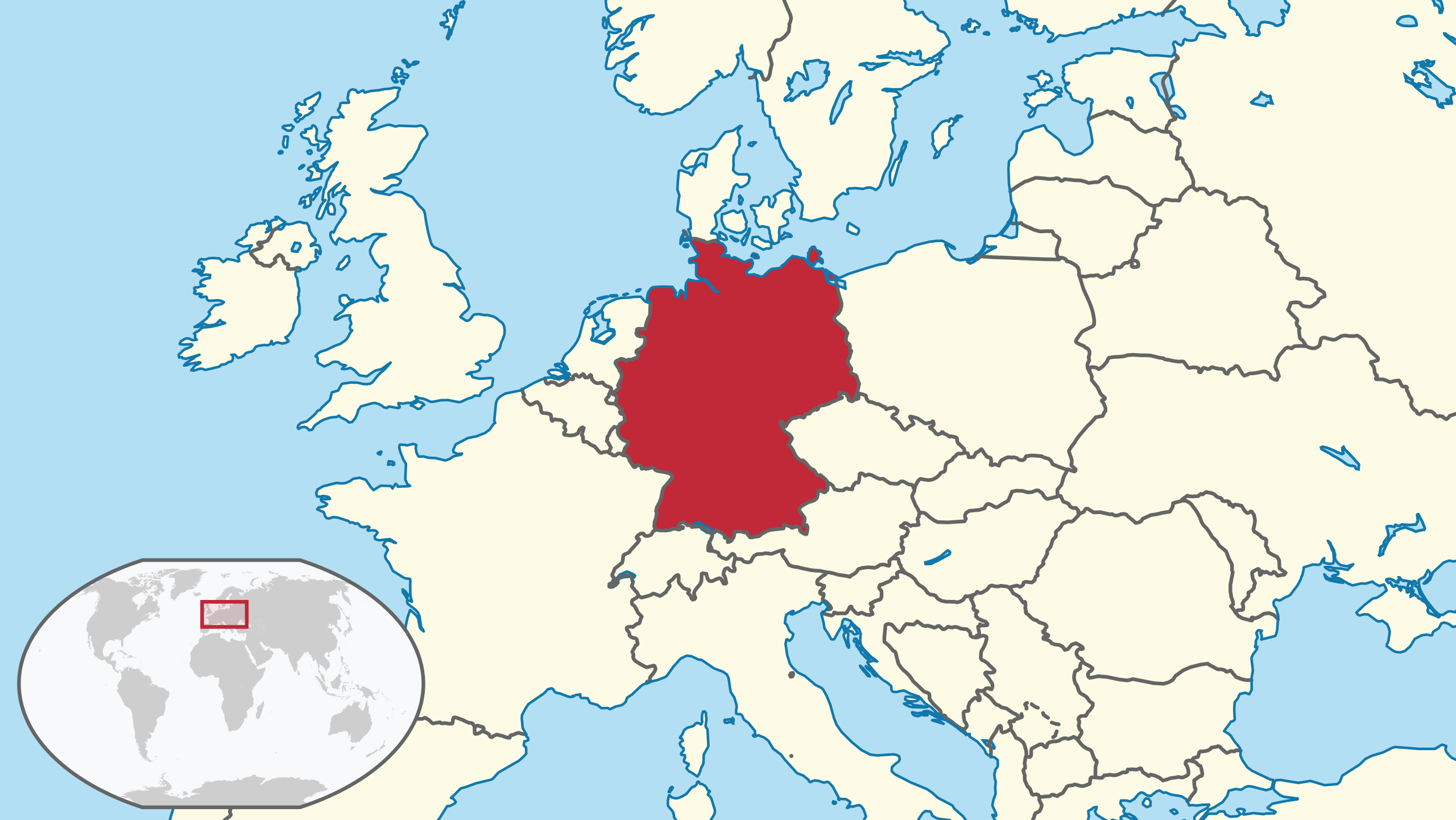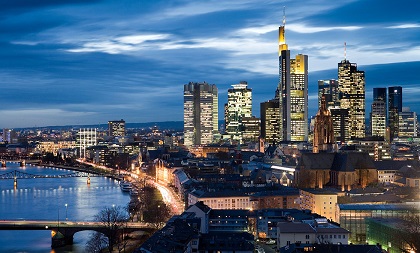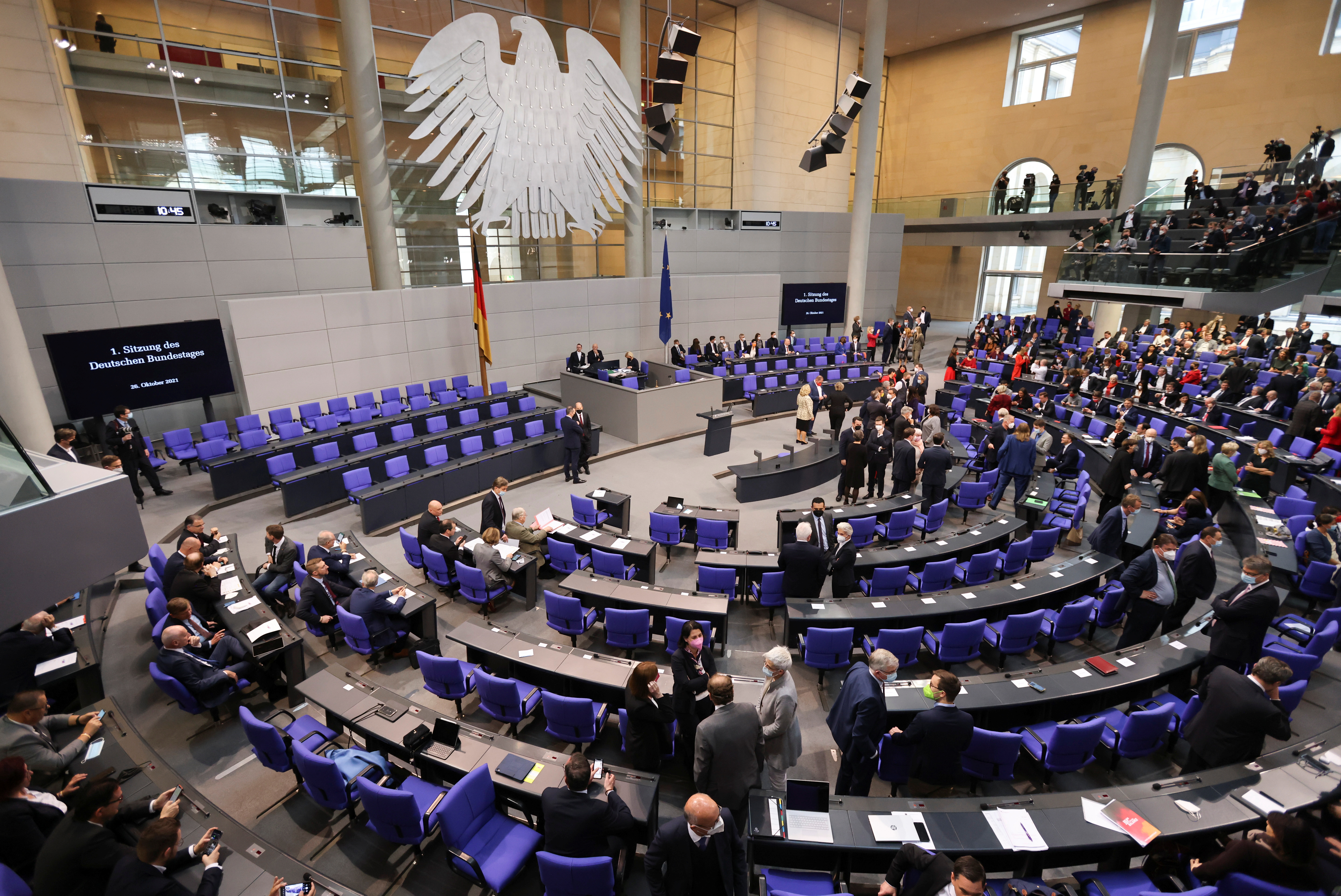Welcome to Germany
This country is filled with many wonders that many come to visit and enjoy!
Germany is a country located in Central Europe, it is sandwiched between France and Poland, as well as Belgium, the Netherlands, and the Czech republic.


Population & Migration
The population of Germany is approximately 83 million people, this makes it one of the most POPULOUS countries in the European Union (as of 2025)! For every square kilometer, (they use kilometers to measure distance) there are about 233 people. Their urban areas have a way higher amount of people, such as berlin and hamburg.

Germany's natural population growth has begun to decline since the early 70s, but their population remains stable or grows slightly due to immigration! deaths exceed births, a trend seen over recent decades. The fertility rate is around 1.5 children per woman which is fairly average but the replacement level of 2.1 children should be taken into consideration for their natural increase rate.
Migration patterns
Germany is a big destination for migrants in Europe, mainly from Syria, Turkey, Poland, and Romania. A big reason for this is Germany's strong economy, education system, and social services making it attractive to workers and refugees.
Some Germans emigrate, especially young professionals and retirees, to countries like Switzerland, Austria, and the U.S., often for better job opportunities or lifestyle reasons.
Pull factors for tourists
- Cultural & historical heritage: Castles, cathedrals, and museums. Attractions include things like the Berlin Wall and Neuschwanstein Castle.
- Events & festivals: Oktoberfest, Christmas markets, and international trade fairs!
- Scenic landscapes: The Alps, Black Forest, Rhine River, and Baltic Sea coast.
- Efficient infrastructure: Excellent public transport, highways (Autobahn), and well-connected airports.
Demographics
Germany has an ever aging population, 22% of their population is over 65 years old! On the other end of the spectrum, about 13% of the population is under 15 years of age.
Germany is predominantly ethnic germans, with a piece of their population being significant amounts of of turkish, polish, syrian, and italian people.
Christianity remains the largest religion, but secularism is rising. An increase in muslims is also happening due to migration.
Urban & rural population

Urban Population: About 77% of German residents live in urban areas.
Rural Population: About 23% of German residents live in rural areas.
Cultural Patterns and Processes
Language
German is the official language, with regional dialects (e.g., Bavarian, Swabian). Immigrant languages like Turkish and Arabic are common in cities.Religion
Mostly Christian: Protestant in the north, Catholic in the south. Many are non-religious, especially in former East Germany. Growing Muslim population due to immigration.Ethnicity & Immigration
Ethnic Germans are the majority. Diverse population from Turkey, Syria, Eastern Europe, and others. Cities like Berlin and Frankfurt are highly multicultural.Cultural Landscape
Mix of medieval towns, modern cities, and well-planned infrastructure. Traditional festivals (like Oktoberfest) and regional dress still celebrated.Cultural Diffusion
German culture influences and is influenced by global trends. Immigration has brought new foods, music, and traditions.Regional Differences
- Bavaria: Traditional, Catholic, conservative.
- Berlin: Liberal, diverse, artistic.
- East Germany: Post-socialist identity, more secular.

Political Patterns and Processes
Germany is a federal republic with 16 states, each with some autonomy. After reunification in 1990, Germany became a leading power in the European Union. Political issues include immigration, integration, and the rise of nationalist parties. Germany promotes regional cooperation but also faces debates over national identity.Agriculture and Rural Land Use
Germany uses intensive, high-tech farming with crops like wheat, barley, and potatoes. Dairy farming is common in the south. Though farming employs few people, it's productive and modern. Many rural areas support organic farming and local food markets, reflecting a push for sustainability.Industrial and Economic Development
Germany has a strong industrial economy, known for cars, machinery, and chemicals. Regions like the Rhine-Ruhr are industrial hubs. The country has shifted toward high-tech and green energy, and ranks high in development with strong infrastructure and education.Cities and Urban Land Use
Germany has many large cities like Berlin, Munich, and Frankfurt, rather than one primate city. Urban planning focuses on public transport, green spaces, and energy efficiency. Former East German cities have been revitalized since reunification, blending old and new architecture.
Agriculture and Rural Land Use
Germany has modern, efficient farms that produce crops like wheat and potatoes, as well as livestock. Many farms are family-owned, and organic farming is growing. Rural areas remain important despite urban growth.Industrial and Economic Development
Germany is a global leader in manufacturing, especially cars, machines, and chemicals. The Ruhr Valley was once known for coal and steel but now focuses on tech and green industries. The economy is strong and export-driven.Cities and Urban Land Use
German cities like Berlin and Munich are centers for business, culture, and government. Cities are well-planned with public transport and green spaces. They balance modern development with historic preservation.